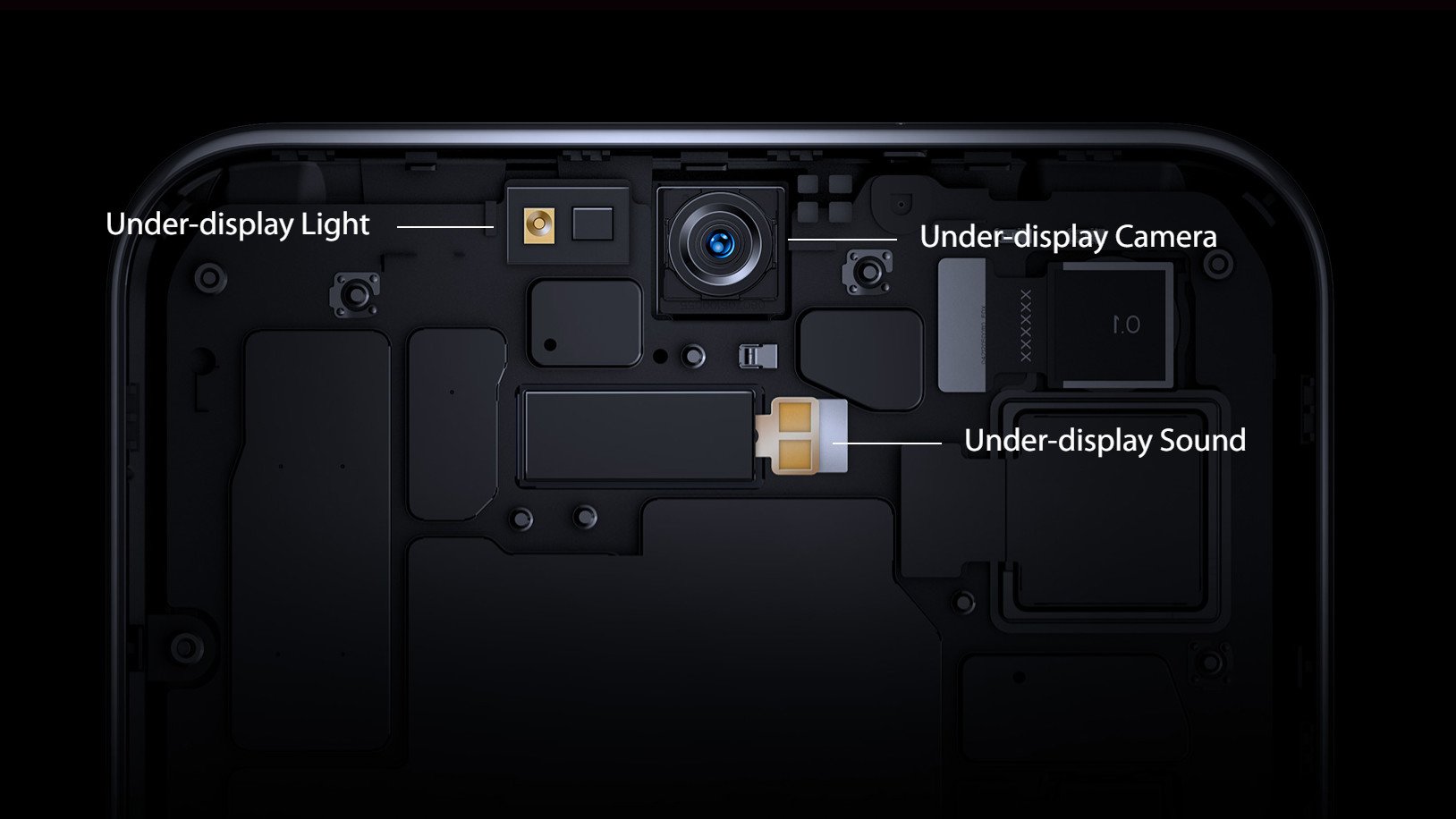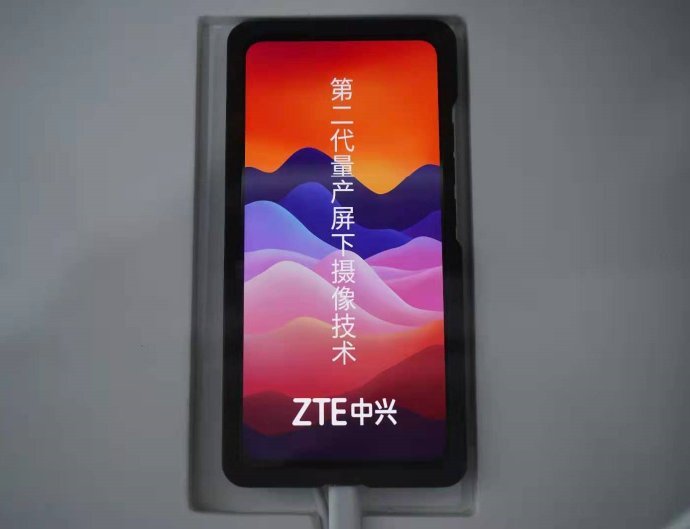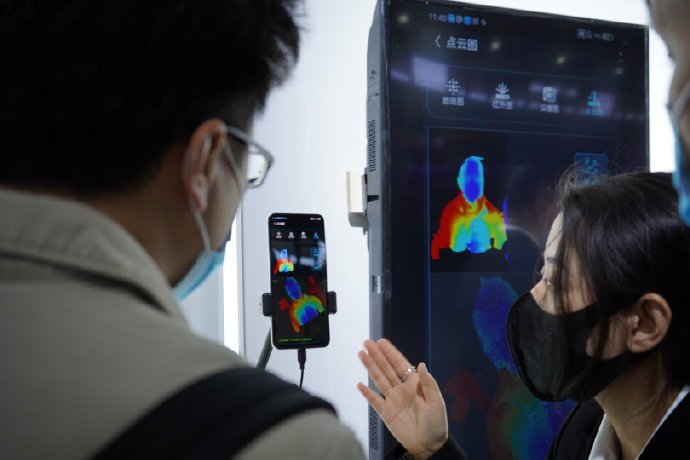ZTE unveils second-gen in-display camera tech, but we still have questions - Android

ZTE has made some improvements to its in-display camera tech.
What you need to know
- ZTE showed off an improved, second-generation in-display camera that's likely to be used on its next flagship.
- The pixel density over the camera has doubled from 200ppi to 400ppi, which should make the display more consistent.
- The company also showed off in-display 3D Face Unlock technology to be used in various applications.
ZTE surprised everyone when it became the first smartphone OEM to make in-display camera tech commercially available on a smartphone. Several OEMs have been working on this tech, but ZTE felt confident enough to release it to the masses so it must be good right? Unfortunately, ZTE's implementation left a lot to be desired both in its presentation and picture quality. As it turns out, the second-gen tech is on its way and promises some improvements.

In a post on Weibo (via Android Authority), ZTE has unveiled some details about its second-generation in-display camera tech. For starters, the company managed to increase the pixel density of the display over the camera from 200ppi to 400ppi. That's already higher than the 388ppi on the original ZTE Axon 20 display, and the company claims that the display should be "more consistent." The first in-display camera had the unfortunate effect of still being somewhat visible as a small, dark square behind the display.
Since ZTE's solution for in-display camera tech relies on the camera being able to capture light between the display pixels, it's interesting that the company has been able to double the screen density. Not only that, but ZTE states that the screen refresh rate has been increased from 90Hz to 120Hz, which already hints at what to expect for the next-generation Axon smartphone. Unfortunately, there's no word on whether or not the actual camera quality has improved, a factor that marred the first generation for having blurry, sub-par images.

ZTE also unveiled a solution for in-display 3D Face Unlock using structured light technology, similar to what's found in iPhones and the Huawei Mate 30 Pro. As a more secure means of face unlock than what's found on even the best Samsung phones, this is the first time such technology has been made to work without a large notch sectioned off on the display. ZTE states that its implementation could be used for secure payments, "but also can be used for 3D modeling, AR and other applications."
It is great to see that ZTE is already improving its in-display camera tech, apparently addressing some of the problems it faced on the first generation. Of course, the biggest question here is image quality, and we may not know the results of all this hard work until ZTE's next flagship is launched.
24/02/2021 05:56 PM
Tips On How To Find The Best MicroSD For Your Android
24/02/2021 09:16 AM
Keep your contacts list looking clean by getting rid of duplicates
24/02/2021 02:00 PM
Facebook bowed to demands from Turkey to block one of its military opponents
24/02/2021 03:04 PM
Samsung Display working on foldable OLED panels for more OEMs
24/02/2021 05:30 AM
HP is buying HyperX to boost its gaming accessory business
24/02/2021 09:44 AM
YouTube Music for Android update brings an important basic feature
24/02/2021 04:01 PM
Airbnb's flexible search focuses on where you're travelling, not when
24/02/2021 09:03 AM
- Comics
- HEALTH
- Libraries & Demo
- Sports Games
- Racing
- Cards & Casino
- Media & Video
- Photography
- Transportation
- Arcade & Action
- Brain & Puzzle
- Social
- Communication
- Casual
- Personalization
- Tools
- Medical
- Weather
- Shopping
- Health & Fitness
- Productivity
- Books & Reference
- Finance
- Entertainment
- Business
- Sports
- Music & Audio
- News & Magazines
- Education
- Lifestyle
- Travel & Local



